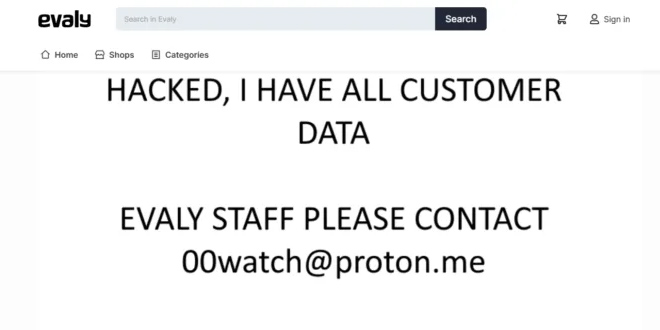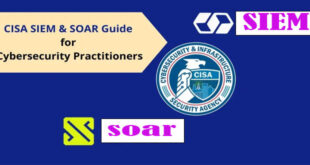The Forum of Incident Response and Security Teams (FIRST) has recently announced the release of CVSS v4.0, the latest version of the Common Vulnerability Scoring System (CVSS) standard. This update comes more than eight years after the release of CVSS v3.0 in June 2015.
Version 4.0 of CVSS aims to improve vulnerability assessment for both industry and the public, according to FIRST.
By infosecbulletin
/ Sunday , June 1 2025
A hacker known as "303" claim to breach the company's systems and leaked sensitive internal data on a dark web...
Read More
By infosecbulletin
/ Sunday , June 1 2025
CISA and ACSC issued new guidance this week on how to procure, implement, and maintain SIEM and SOAR platforms. SIEM...
Read More
By infosecbulletin
/ Saturday , May 31 2025
The Qualys Threat Research Unit (TRU) found two local information-disclosure vulnerabilities in Apport and systemd-coredump. Both issues are race-condition vulnerabilities....
Read More
By infosecbulletin
/ Saturday , May 31 2025
New ransomware payment reporting rules take effect in Australia yesterday (May 30) for all organisations with an annual turnover of...
Read More
By infosecbulletin
/ Saturday , May 31 2025
Global makers of surveillance gear have clashed with Indian regulators in recent weeks over contentious new security rules that require...
Read More
By infosecbulletin
/ Thursday , May 29 2025
GreyNoise has discovered a campaign where attackers have gained unauthorized access to thousands of internet-exposed ASUS routers. This seems to...
Read More
By infosecbulletin
/ Wednesday , May 28 2025
The rise of online gambling in the country is leading to increased crime and societal issues. In response, the central...
Read More
By infosecbulletin
/ Wednesday , May 28 2025
Cybersecurity researchers recently revealed a coordinated cloud-based scanning attack that targeted 75 different exposure points earlier this month. On May...
Read More
By infosecbulletin
/ Monday , May 26 2025
Recent security research has shown that attackers can weaken zero-trust security frameworks by exploiting a key DNS vulnerability, disrupting automated...
Read More
By infosecbulletin
/ Saturday , May 24 2025
Evaly, a Bangladeshi e-commerce platform, is reportedly facing a major data breach that may have exposed sensitive information of around...
Read More
CVSS is used to measure the severity of security vulnerabilities. It assigns a numerical score to each vulnerability, which can be translated into levels like low, medium, high, and critical. This helps organizations prioritize their vulnerability management.
In July 2019, an important update was made to CVSS v3.1. It highlighted that CVSS is meant to gauge the seriousness of a vulnerability and should not be the sole factor in evaluating risk.
CVSS v3.1 has received criticism for its scoring scale and for not properly representing health, human safety, and industrial control systems.
The new standard has added extra metrics to assess vulnerabilities. These metrics include Safety (S), Automatable (A), Recovery (R), Value Density (V), Vulnerability Response Effort (RE), and Provider Urgency (U).
It introduces new names for scoring CVSS. The new names are Base (CVSS-B), Base + Threat (CVSS-BT), Base + Environmental (CVSS-BE), and Base + Threat + Environmental (CVSS-BTE).
“The recommended approach is to emphasize that CVSS encompasses more than just the Base score, and this terminology should be employed whenever a numerical CVSS value is presented or conveyed.”
“The CVSS Base Score should be considered in conjunction with the analysis of the environment and attributes that may change over time.”
 InfoSecBulletin Cybersecurity for mankind
InfoSecBulletin Cybersecurity for mankind














